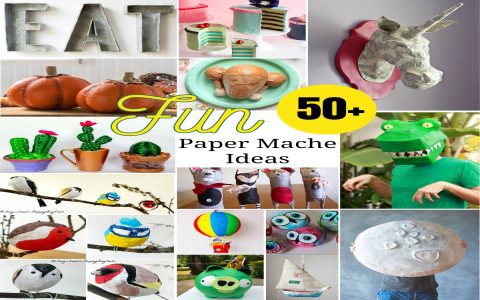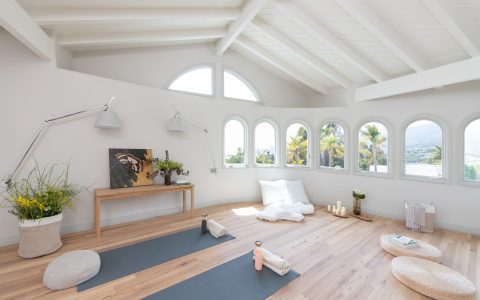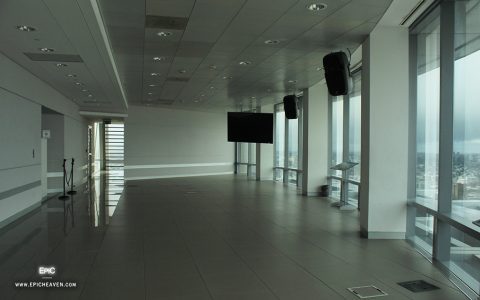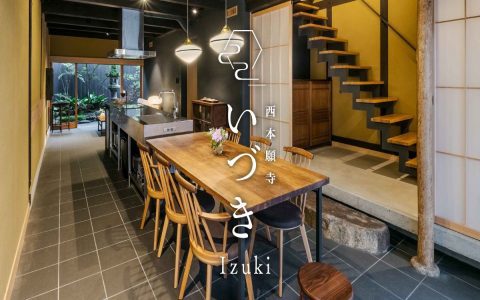“Cardboard ceramics” refers not to a ceramic material itself, but to a range of innovative techniques where cardboard is employed as a tool or source of inspiration within the ceramic art and design process. It leverages the accessibility, low cost, and formal qualities of cardboard to achieve unique outcomes in fired clay.
Core Concepts and Applications
The integration of cardboard into ceramics primarily manifests in several key ways:
- Structural Support and Form Creation: Cardboard is frequently used to construct temporary armatures or molds. Clay slabs or coils are built around or within these cardboard structures. The cardboard is then completely burned out during the initial bisque firing, leaving a hollow ceramic form. This method is particularly effective for creating lightweight, geometric, or complex angular pieces that would be challenging to form using traditional hand-building methods alone.
- Surface Texturing: The inherent textures of cardboard, especially corrugated varieties or cut edges, can be pressed into soft clay surfaces. This creates distinct, often linear or layered patterns and tactile qualities, directly transferring cardboard's material characteristics onto the final ceramic piece.
- Aesthetic Inspiration: Beyond its direct use as a tool, cardboard serves as a conceptual or visual muse. Ceramic artists may create works that emulate the folded planes, layered edges, utilitarian appearance, or modular construction methods associated with cardboard objects, translating these ephemeral qualities into durable ceramic forms.
Process Considerations
Successfully incorporating cardboard into ceramic practice requires attention to specific technical aspects:
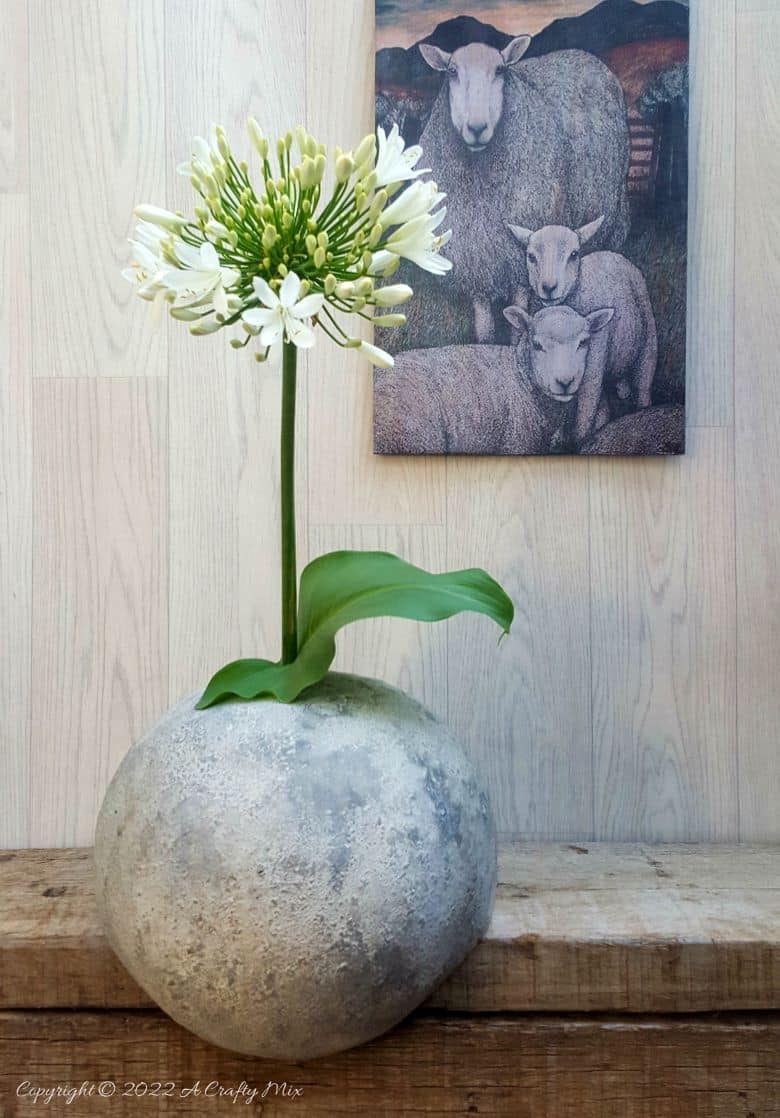
- Clay Body Selection: While various clay bodies can be used, those with good green strength and stability, such as grogged stoneware or dedicated sculptural clays, are often preferred for slab work over cardboard armatures. The clay needs to support itself as the cardboard may soften slightly with moisture from the clay.
- Construction Techniques:
- When using cardboard as an internal support, ensure clay sections are securely joined. Scoring and slipping are crucial at all seams.
- Minimize direct, prolonged contact of very wet clay with unsupported cardboard to prevent premature collapse or distortion of the mold. Using a thin plastic barrier, wax resist on the cardboard, or working with leather-hard slabs can mitigate this.
- Allow pieces to dry thoroughly and slowly to reduce stress and prevent cracking, especially as the clay shrinks around the (initially) rigid cardboard interior.
- Firing Schedule and Burnout:
Crucial Stage: The complete combustion of the cardboard is essential for a successful outcome. This typically occurs between 200°C and 600°C (approximately 392°F - 1112°F) during the bisque firing.
Ventilation: Adequate kiln ventilation is paramount. This allows sufficient oxygen for complete combustion and helps to safely vent the smoke and fumes produced as the cardboard burns away.
Ramp Speed: A slower firing ramp rate through the burnout temperature range can ensure more complete combustion and prevent issues such as bloating, black coring (due to trapped carbon), or even kiln damage from excessive smoke.
Advantages and Limitations
Advantages:
- Cost-Effectiveness & Accessibility: Cardboard is an inexpensive and readily available material for mold-making and form development, reducing tooling costs.
- Design Freedom: Enables the creation of complex, angular, and hollow forms with relative ease, facilitating architectural, sculptural, or highly structured pieces.
- Lightweight Tooling: Cardboard molds are significantly lighter and easier to construct and handle than traditional plaster or wooden molds, especially for unique, non-repeating forms.
- Sustainability Aspect: Offers an opportunity to upcycle waste cardboard, incorporating an element of environmental consciousness into the creative process.
Limitations:
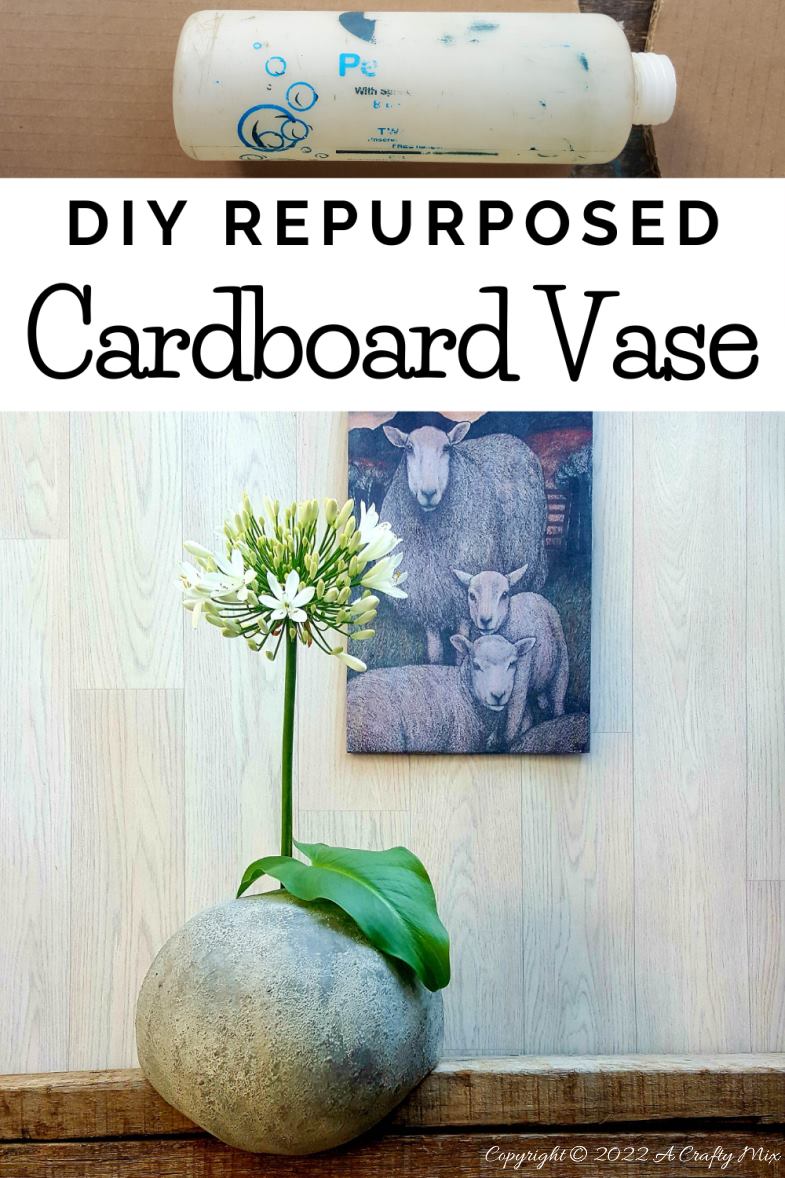
- Moisture Sensitivity: Cardboard readily absorbs moisture from wet clay, which can cause it to weaken, warp, or deform the mold if not managed effectively.
- Structural Constraints: While versatile for many shapes, cardboard has limited load-bearing capacity for very large or heavy clay structures without internal reinforcement or very careful engineering of the cardboard support.
- Burnout Management: Incomplete burnout can lead to carbon trapping within the clay body, potentially causing defects, discoloration, or negatively affecting glaze results. This necessitates careful firing control and good ventilation.
- Single-Use Molds: In most applications where it is burned out, cardboard serves as a single-use mold, requiring a new mold for each piece if identical forms are desired.

